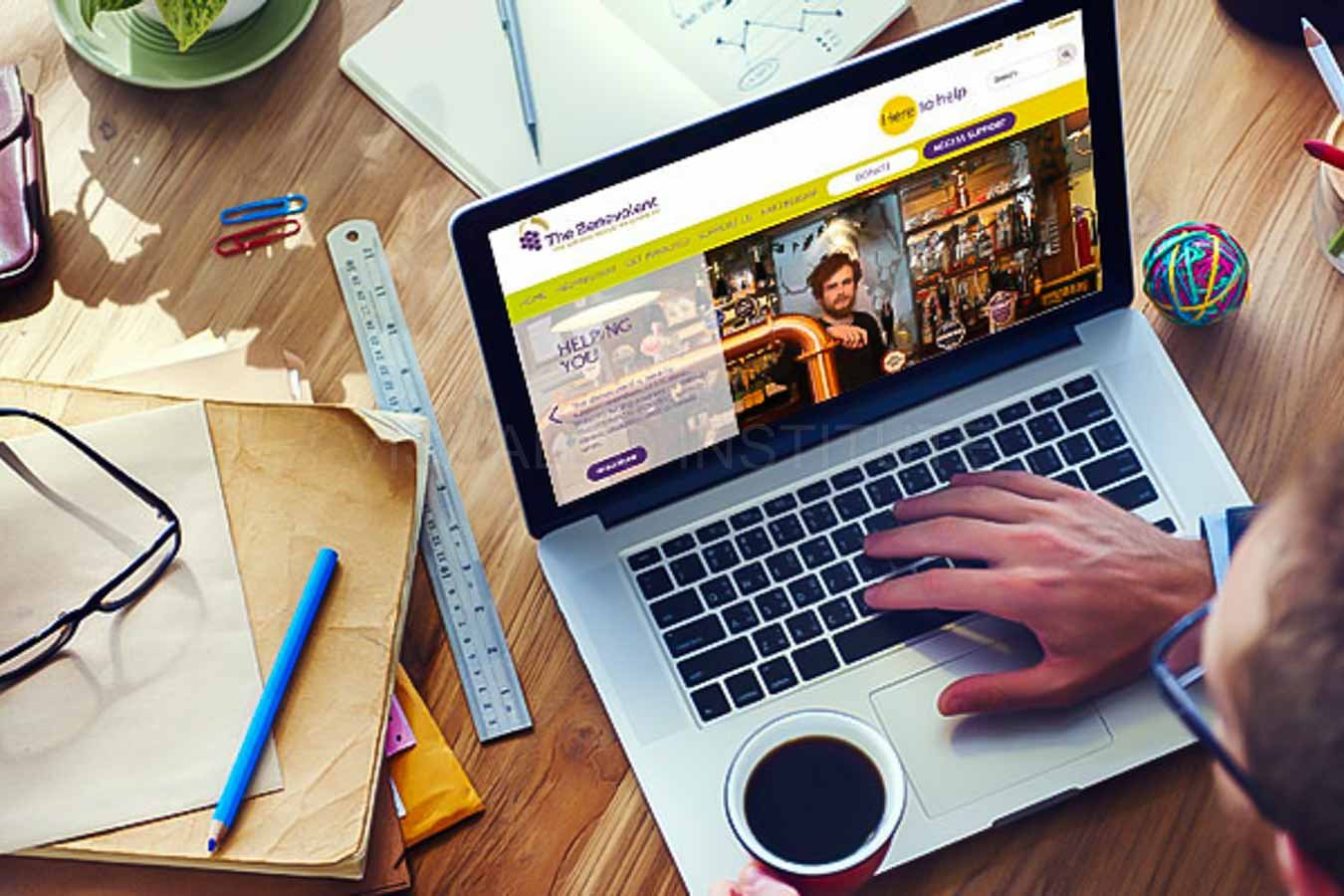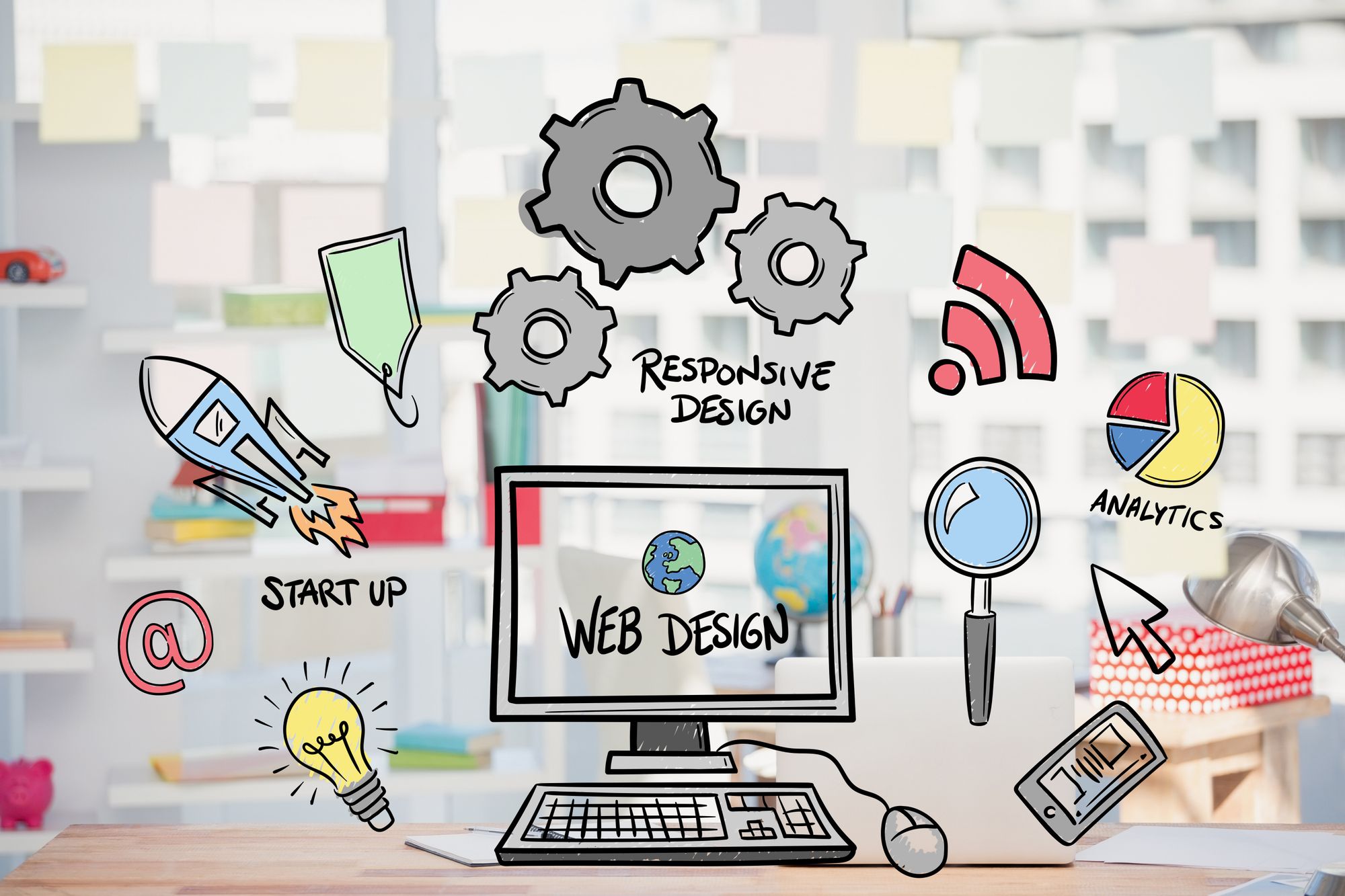Innovative Internet Style Solutions for Modern and Engaging Websites
In the world of internet design, the pursuit of contemporary and interesting remedies has actually become progressively vital for organizations intending to record individual interest. By integrating strong color design, interactive components, and responsive designs, designers can produce experiences that not just reverberate with customers however likewise enhance brand identity. The calculated consolidation of multimedia content further improves these interactions, fostering a deeper link with visitors - las vegas seo. The real difficulty lies in stabilizing creativity with performance-- an exploration that reveals numerous cutting-edge methods worth considering.
Welcoming Bold Color Pattern
In website design, the tactical use strong color pattern can significantly enhance individual interaction and brand name identification. By using vibrant colors, designers can develop aesthetically striking internet sites that catch attention and foster a memorable experience. A well-chosen shade combination not just shows a company's values but also stimulates details feelings that can affect user actions.
Bold shades can be employed to direct individuals' interest to essential elements such as phone call to action, improving conversion prices. For instance, utilizing contrasting colors for switches and web links can make these elements stick out, triggering individuals to engage even more readily. A cohesive color system throughout the internet site reinforces brand name recognition, creating a feeling of experience and count on amongst visitors.
Nevertheless, it is crucial to stabilize bold colors with appropriate white room to stay clear of overwhelming individuals. Effective use of typography also matches bold shades, making certain readability while preserving aesthetic charm. Inevitably, welcoming strong color design in web design not just elevates visual high quality yet likewise plays an integral function in attaining strategic company objectives, making it an essential factor to consider for modern-day web advancement.

Making Use Of Interactive Aspects
Interactive elements are essential in contemporary website design, as they dramatically boost individual interaction and create an extra dynamic surfing experience. By incorporating attributes such as computer animations, float results, and clickable components, internet sites can encourage users to check out content better and return for future brows through.

Micro-interactions, such as refined animations when a switch is clicked or a form is sent, can likewise improve the user experience by supplying prompt comments. These tiny details can make the site really feel more responsive and alive, cultivating a feeling of link in between customers and the site.
In addition, gamification elements, such as incentives for completing specific activities, can encourage individuals to engage with the web content more deeply. By thoughtfully incorporating these interactive parts, web designers visit homepage can develop an unforgettable and interesting on the internet experience that resonates with customers and urges them to return.
Executing Responsive Style
Carrying out responsive style is crucial in today's multi-device landscape, making sure that internet sites offer an optimal watching experience across numerous screen dimensions. As customers progressively access the net through smartphones, tablets, and desktop computers, a one-size-fits-all strategy is no more sensible. Receptive layout allows for seamless navigation and interaction, adjusting design and web content to fit the tool being used.
Trick concepts of receptive design consist of liquid grids, versatile pictures, and media inquiries. Media questions assist in the application of various styles based on the tool's features, such as size, height, or resolution, permitting designers to customize the individual experience efficiently.
Furthermore, responsive design enhances search engine optimization performance, as online search engine favor mobile-friendly sites. By applying responsive style, organizations not just find here enhance individual complete satisfaction and involvement but additionally enhance their reach in a competitive electronic landscape. As modern technology remains to evolve, taking on responsive design has ended up being a fundamental technique for any kind of contemporary and engaging site.
Integrating Multimedia Material
Multimedia content plays a vital role in creating appealing and dynamic internet experiences that record individuals' focus and boost understanding. By combining text, images, sound, and video, websites can offer a richer story that allures to different finding out designs and choices. This integration not just strengthens customer engagement yet likewise aids in sharing complex concepts succinctly.
Incorporating high-quality photos and infographics can separate textual content, making it more digestible. Similarly, video tutorials and presentations can provide comprehensive insights that fixed content might not completely connect. Audio aspects, such as podcasts or background songs, can likewise boost the environment of a website, producing a more immersive experience.
Additionally, the critical use of multimedia can enhance SEO performance, as online search engine prefer varied web content kinds, raising presence. Nonetheless, it is vital to make certain that multimedia components do not prevent web page load times, as this can result in customer frustration. By balancing multimedia combination with efficiency factors to consider, web designers can develop visually appealing and useful websites that resonate with users, promoting a much deeper link and motivating return visits.
Focusing On User Experience

To achieve an ideal individual experience, designers have to concentrate on several essential principles. Initially, responsive design is crucial; sites ought to adjust seamlessly to various gadgets and display sizes. This availability makes certain that customers can engage with material despite their selected system. Clarity in layout and hierarchy is critical. Clear telephone calls to activity, readable typography, and organized content overview Check Out Your URL users, minimizing cognitive tons.
Ultimately, prioritizing UX not only raises customer complete satisfaction however additionally drives engagement and conversion prices, making it an essential aspect of contemporary web design approaches. By putting individuals at the center of style efforts, sites can develop long lasting, favorable impressions that urge return brows through.
Final Thought
Finally, modern-day web style remedies that highlight bold color pattern, interactive elements, receptive layout, and multimedia content considerably enhance individual interaction and satisfaction. Prioritizing user experience via clear formats and continual responses better adds to boosted conversion prices. By adopting these methods, internet sites can properly mesmerize site visitors and strengthen brand identification, ultimately leading to an extra vibrant and appealing on-line visibility. The assimilation of these style principles is vital for achieving modern-day internet design objectives.